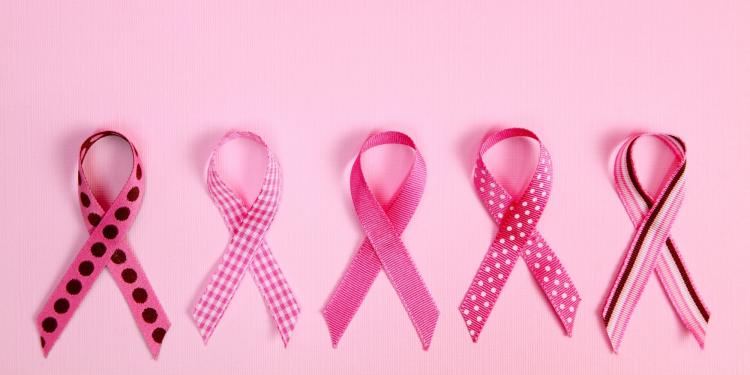Buying into the Pink Ribbon

October is a tricky month for consumers, going well beyond questionable Halloween costumes to the slew of products emblazoned with a pink ribbon. The month is marked by the pink products, so much so that it has been dubbed "Pinktober," where many companies seemingly champion breast cancer awareness and fundraising. But as consumers, it is important to carefully analyze the contributions made to such a publicized industry.
Every trip to the grocery store, shopping mall, or sports stadium leaves consumers bombarded with pleas to "join the cause" of finding a cure for breast cancer. As such, people feel that they are doing their humanitarian duty when buying products for this cause, but the reality is, many companies are using this “pinkwashing” to merely sell their product. Often, boldly, companies even stick the image of a pink ribbon on products which are considered to contribute to higher risks of cancer, or are just plain unhealthy, such as alcohol and energy drinks. While not all companies have hidden agendas when it comes to Breast Cancer Awareness Month, as consumers, it is time we stop being dazzled by the pink ribbon and start making educated purchases from companies making an honest difference.
In the early 1990’s, only 5 percent of the National Cancer Institute’s 1.8 million dollar annual budget was spent to research breast cancer, the most deadly cancer for women. In response, Charlotte Haley began handing out peach-colored ribbons at the supermarket to bring awareness to the cause. Before long, major companies such as Self Magazine and Estée Lauder became involved, and today you can find ribbons on everything from football players to fried chicken. Though as a society we are measurably more aware of the pink ribbon, we have become desensitized to what it stands for. The National Cancer Institute’s research shows that 12 percent of women will be diagnosed with breast cancer at some point in their lives. Every day, 110 women die of breast cancer. It is imperative that we remember why the pink ribbon campaign began -- to bring awareness to the search for a cure.
Before we buy a bucket of Kentucky Fried Chicken, a 6-pack of Mike’s Hard Lemonade, or a case of 5-Hour Energy, simply because the pink ribbon adorns their packaging, we should ask ourselves whether or not the company’s intention in selling their product is health-related. Not only has KFC been accused of selling chicken containing carcinogenic byproducts, but from each bucket they sold with the ribbons, only 50 cents was donated to the Susan G. Komen Organization. The same is true for Mike’s Hard Lemonade. The National Cancer Institute say even moderate drinking increases breast cancer risk, yet a company that sells alcoholic beverages is boasting about their donations. in order to promote the sale of their product. More recently, 5-hour energy began to sell pink lemonade flavored drinks and will donate a whopping 5 cents per bottle to breast cancer research. With each box of twelve costing twenty-five dollars, consumers have now contributed a generous one dollar and fifty cents to saving lives. If you truly want to make a difference, consider the product before you make your purchase. If the very product is said to contribute to an increased risk of breast cancer, or cancer of any kind, think again.
Click here for a full guide on how to buy smart for breast cancer, or make a direct donation online to Breast Cancer Action.








